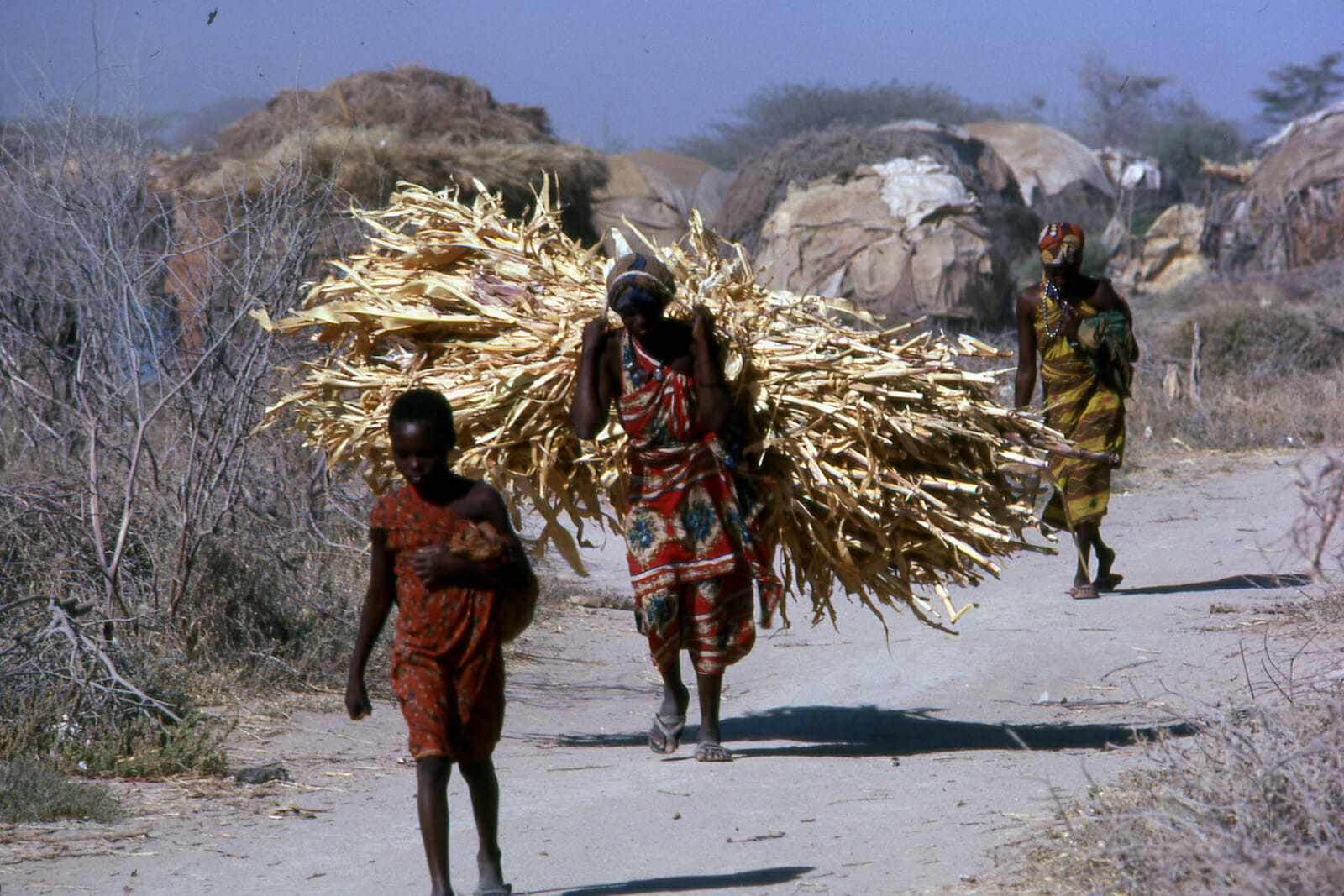
Clean Cooking: The Forgotten Link in Universal Energy Access
Globally, the conversation around energy access has taken center stage. Energy access has been identified, and rightly so, as one of the salient issues of our time. Discussions on how to achieve universal energy access pervades and dominates every major global forum. The United Nations has made it one of their goals under the Sustainable Development Goals (SDGs) to achieve universal access to clean energy by 2030. Besides energy access, increases in renewable energy and doubling energy efficiency by 2030 are part of the goal’s targets.
Energy access has the dual mandate of ensuring universal access to electricity and access to clean fuels for cooking. However, most people seem to conflate energy access with electricity access and in many instances, the words are used interchangeably. This can be seen by the emphasis given to electrification programs over access to clean cooking. As a result of this, very little attention is given to clean cooking especially in sub-Saharan Africa where most people bear the brunt of unclean cooking methods.
Not long ago the World Bank, the International Energy Agency, the International Renewable Energy Agency, the United Nations Statistics Division (UNSD) and the World Health Organization released the tracking SDG 7 report which documents, among other things, progress made in realizing the goal. The latest release which tracked the progress made from 2010 to 2017 found that the global electrification rate increased by 6% over the same period of time as the population of people without electricity fell from 1.2 billion in 2010 to 840 million in 2017. It is imperative to note that this is the first time this figure fell below 1 billion. On the other hand, people without access to clean cooking fell from 2.96 billion in 2010 to 2.9 billion in 2017, an infinitesimal decline given the urgency of the matter. Ordinarily, we should be seeing concerted efforts to address this imbalance but what we’re seeing is the antithesis.
In Kenya alone, energy consumption statistics indicate that 69% of the energy consumption is in the form of biomass, 22% is in the form of petroleum products, and 9% is in the form of electricity. Most of this biomass is used for cooking and heating, supplemented by petroleum in the form of kerosene. In total, 70% of Kenyans rely on unclean fuels in the form of wood, charcoal or kerosene for cooking. The problem is further pronounced in rural areas where 90% of the population use firewood for cooking. Use of unclean fuels, a quintessentially African and Asian problem, causes 4 million deaths per year as a result of inhaling noxious fumes and contributes significantly to deforestation which in turn contributes to global warming. In rural villages, children spend approximately 10 hours per week collecting firewood and lighting fires which in turns affects the time spent learning and engaging in other productive tasks like their urban counterparts and this perpetuates the culture of inequality and marginalization of the rural poor. Use of unclean fuels, especially kerosene for cooking, can in many instances lead to lung illnesses which exert economic burden on the already burdened due to medication costs which substantially affects their productivity.
Despite these abysmal statistics, there are very few investments from both the public and private sector in this sector. Investments in energy access—electrification and clean cooking—are expected to average $31 billion annually over the period from 2018 to 2030 with 97% of this sum going to fund electrification efforts and a modicum 3% left to invest in clean cooking. At this rate, access to clean cooking methods will remain a pipe dream for many households in Africa. The result will be to continue the burning of fossil fuels which will lead to more health problems, premature deaths, and global warming.
There exists an inestimable market for clean cooking technologies especially in rural and peri-urban settlements in Kenya and in Africa. Some of the bottlenecks to the adoption of clean cooking methods is largely due to unavailability and cost. While charcoal and kerosene are equally expensive they are more fungible, e.g., charcoal and firewood are readily available especially in small denominations for modest income earners. This makes them attractive compared to alternative clean cooking solutions which aren’t readily available.
For a start, governments should consider putting in place appropriate measures and policies to mainstream and encourage the adoption of clean cooking methods. Some of the most promising solutions include liquefied natural gas (LPG) and improved biomass cookstoves. Eradication of taxes and government subsidies for companies providing clean energy solutions is a good place to start. As a long term solution more investments from both the private and public sectors are required to scale up clean cooking and further push the prices down. Investments in research into other novel solutions like solar cooking should be encouraged too.
Granted, there are a number of efforts being taken to increase access to clean cooking but these are not enough especially with the rising populations in Africa. So far population growth outstrips the progress being made to achieve clean cooking and if we don’t accelerate the efforts many people are going to be left behind. Considering what’s at stake—human lives and the environment—this is a propitious moment for policymakers and investors to include clean cooking in national energy access strategies with corresponding funds to enhance the same.

